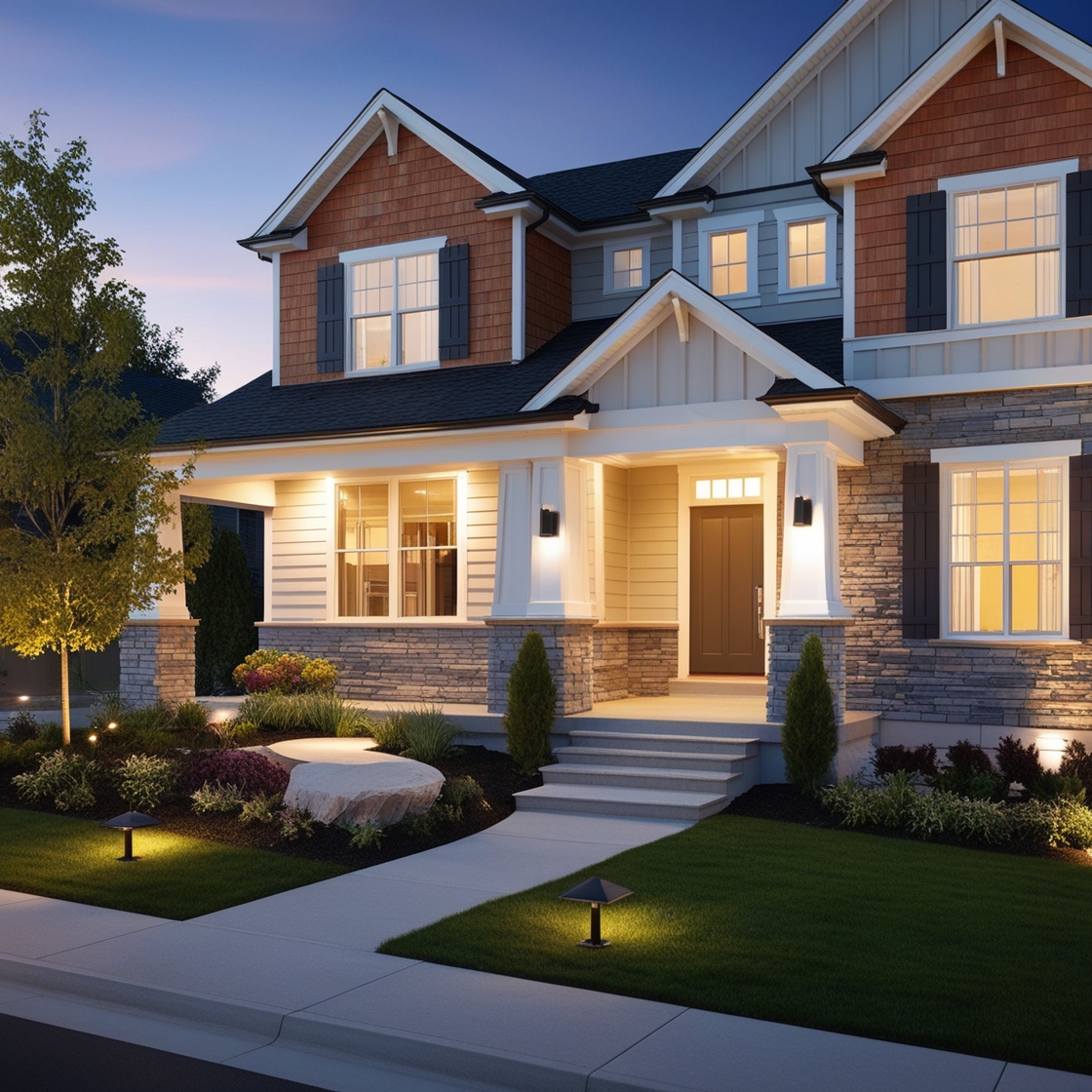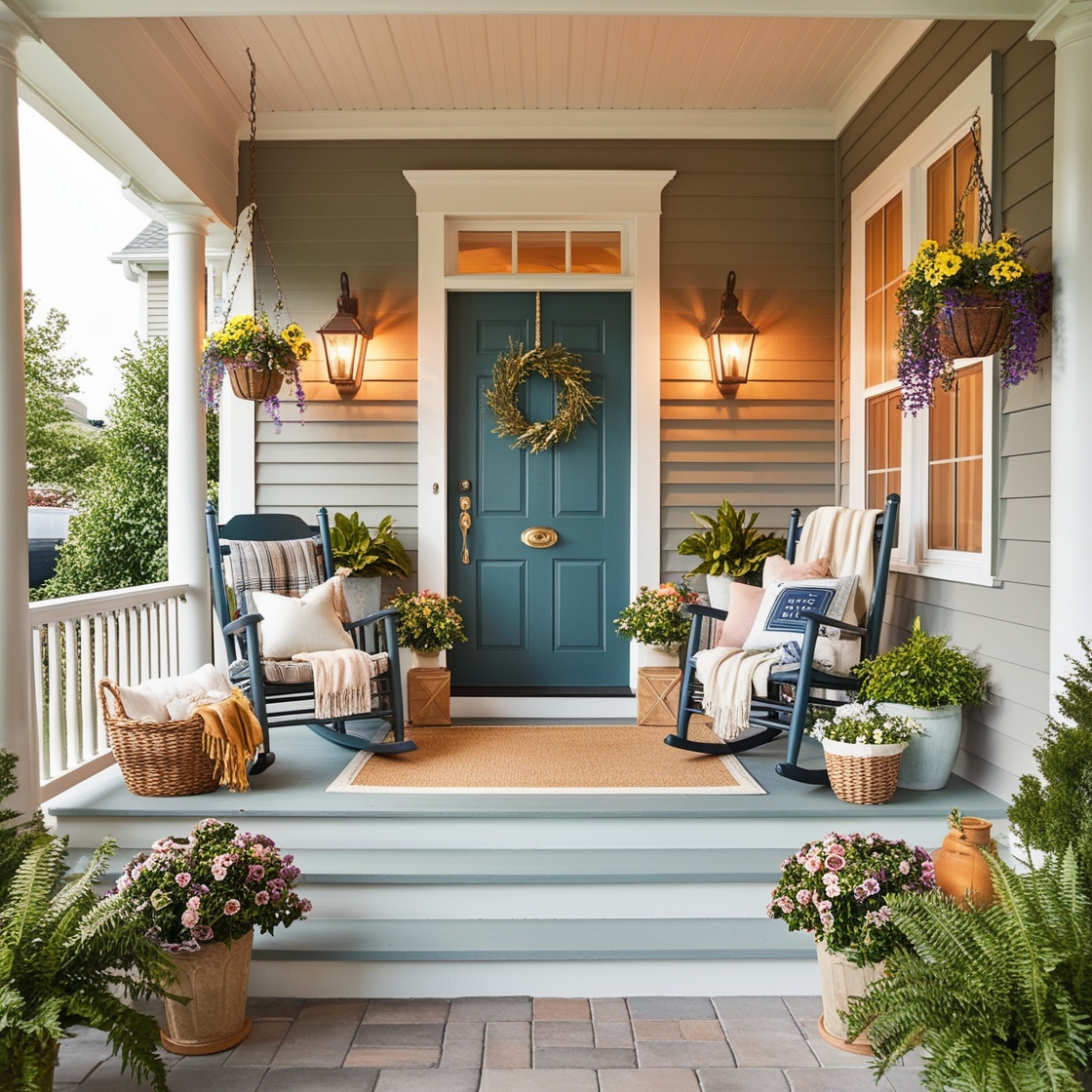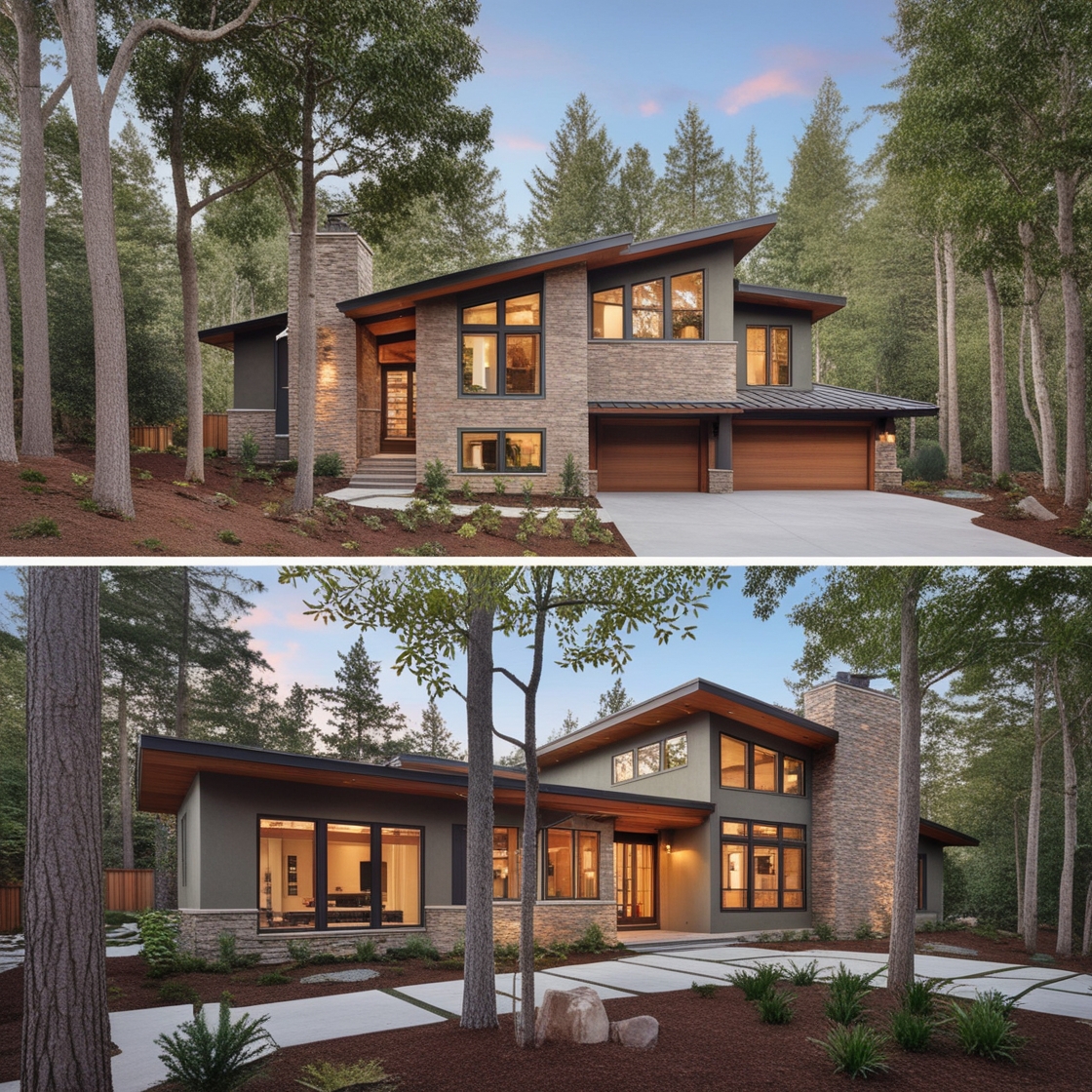When it comes to designing the exterior of your home, the choices you make are crucial in creating an appealing, functional, and lasting look. Unfortunately, common mistakes can undermine your efforts, resulting in an exterior that may not live up to its potential. Whether you’re renovating an existing home or building a new one, being aware of these pitfalls will help you make informed decisions and avoid costly errors. Here are the top exterior design mistakes to avoid.
1. Ignoring the Surrounding Environment
One of the biggest mistakes homeowners make is designing an exterior that doesn’t harmonize with the surrounding environment. Whether your home is in a rural, suburban, or urban setting, it’s essential to consider how it fits within its context. A home that clashes with its natural surroundings or neighboring properties can look out of place and detract from the overall aesthetic of the area.
- Avoid It: Choose materials, colors, and architectural styles that complement the environment. For instance, a coastal home should incorporate materials that withstand salty air and moisture, while a home in a wooded area might blend better with earthy tones and natural textures.
2. Overcomplicating the Design
While adding unique features to your home’s exterior can enhance its character, overcomplicating the design can have the opposite effect. An exterior with too many competing elements, such as different materials, excessive trim, or a mix of architectural styles, can make your home look chaotic and disjointed.
- Avoid It: Stick to a cohesive design plan that prioritizes simplicity and harmony. Limit the number of materials and colors you use, and ensure that all elements work together to create a unified look.
3. Neglecting Proportion and Scale
Proportion and scale are critical in exterior design, particularly for small homes. If elements like windows, doors, and rooflines are out of proportion with the overall structure, they can make the home look unbalanced and awkward.
- Avoid It: Ensure that all exterior elements are in proportion to the size of your home. For example, large windows may overwhelm a small cottage, while tiny windows can make a large home look stark and uninviting. Use architectural features like trim and molding to enhance the balance of your design.
4. Choosing the Wrong Materials
The materials you choose for your home’s exterior significantly impact its appearance, durability, and maintenance requirements. Selecting materials that don’t suit your climate, lifestyle, or aesthetic preferences can lead to long-term issues, such as weather damage or a mismatched look.
- Avoid It: Research the best materials for your region’s climate and your home’s style. For example, wood siding may look beautiful but may require extensive maintenance in a humid climate, while vinyl siding offers a low-maintenance alternative.
5. Ignoring Curb Appeal
Curb appeal is crucial for making a positive first impression. Ignoring the exterior’s visual appeal can make your home look uninviting or neglected, potentially decreasing its value. Common issues include a lack of landscaping, poor lighting, and an unattractive front door.
- Avoid It: Invest in landscaping, a welcoming entryway, and adequate exterior lighting. Even simple touches like potted plants, a well-maintained lawn, and a fresh coat of paint on the front door can significantly enhance curb appeal.
6. Poor Roof Design
The roof is one of the most visible parts of your home’s exterior, and its design plays a vital role in the overall aesthetic. A poorly designed roof, whether it’s an awkward shape, a mismatched color, or an unbalanced pitch, can detract from the home’s appearance.
- Avoid It: Work with a professional to design a roof that complements the home’s architecture. Ensure that the pitch, color, and material of the roof align with the rest of the exterior design. Additionally, consider the practical aspects of the roof, such as drainage and insulation.
7. Underestimating Maintenance Needs
Certain exterior materials and design elements require more maintenance than others. Homeowners often make the mistake of choosing high-maintenance materials without considering the long-term upkeep required, leading to increased costs and effort over time.
- Avoid It: Choose materials that align with your ability and willingness to maintain them. For example, fiber cement siding offers durability and low maintenance, while wood siding, though beautiful, requires regular painting or staining. Consider the longevity and upkeep of materials before making a decision.
8. Overlooking Energy Efficiency
Energy efficiency is an important consideration in exterior design, yet it’s often overlooked. Failing to incorporate energy-efficient features can lead to higher utility bills and a less comfortable living environment.
- Avoid It: Invest in energy-efficient windows, doors, and insulation. Consider the orientation of your home and how it impacts natural light and heat gain. Solar panels, energy-efficient roofing materials, and well-insulated walls can also contribute to a more sustainable and cost-effective home.
9. Neglecting Outdoor Living Spaces
Outdoor living spaces like porches, patios, and decks are valuable extensions of your home, offering additional space for relaxation and entertainment. Neglecting to incorporate these elements into your exterior design can limit your home’s functionality and appeal.
- Avoid It: Plan for outdoor spaces that fit your lifestyle and complement your home’s design. Even a small porch or patio can enhance your home’s exterior, providing a place to enjoy the outdoors and adding to the home’s overall aesthetic.
10. Forgetting About Lighting
Exterior lighting is often an afterthought in home design, but it plays a crucial role in both aesthetics and safety. Poorly planned lighting can make your home look dim and uninviting, while also increasing the risk of accidents and security issues.
- Avoid It: Incorporate a well-thought-out lighting plan into your exterior design. Use a combination of ambient, task, and accent lighting to highlight architectural features, illuminate pathways, and create a warm, welcoming atmosphere. Solar lights, LED fixtures, and smart lighting systems can offer energy-efficient options.





